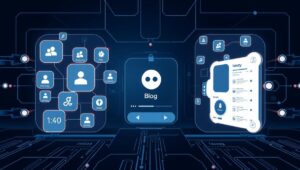Automotive Computing: The Software-Defined Car of 2027
Automotive Computing: The Software-Defined Car of 2027 The automotive industry is undergoing a radical transformation, driven by advancements in computing power and software integration. By 2027, the concept of the ‘software-defined car’ will be fully realized, impacting vehicle architecture, functionality, and user experience. This article explores the key trends and technologies shaping the future of automotive computing. Evolving Vehicle Architecture Traditional vehicles rely on a distributed network of electronic control units (ECUs), each responsible for specific functions. The software-defined car consolidates these functions onto a few high-performance computing platforms. This transition offers several advantages: Reduced Complexity: Fewer ECUs simplify wiring












